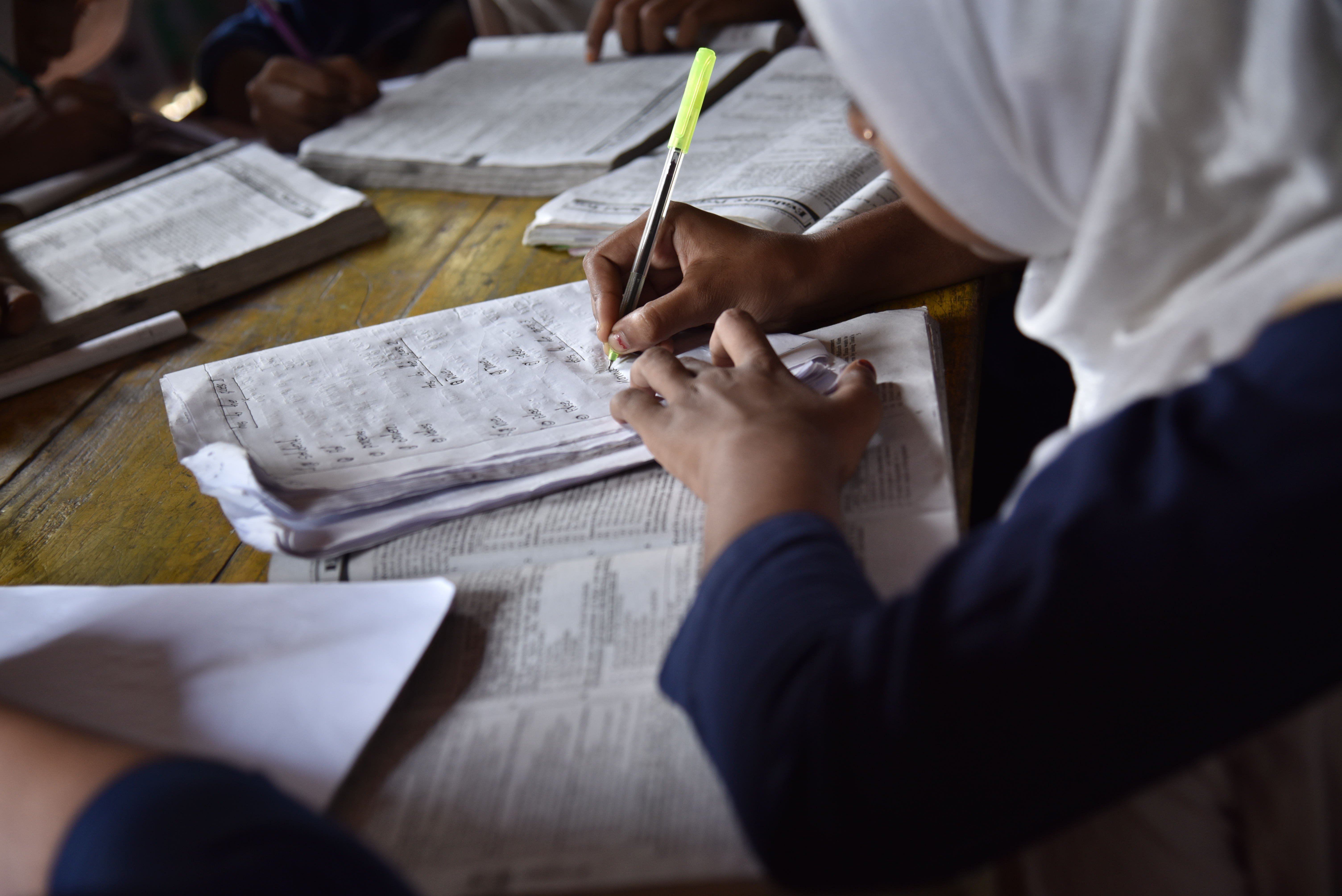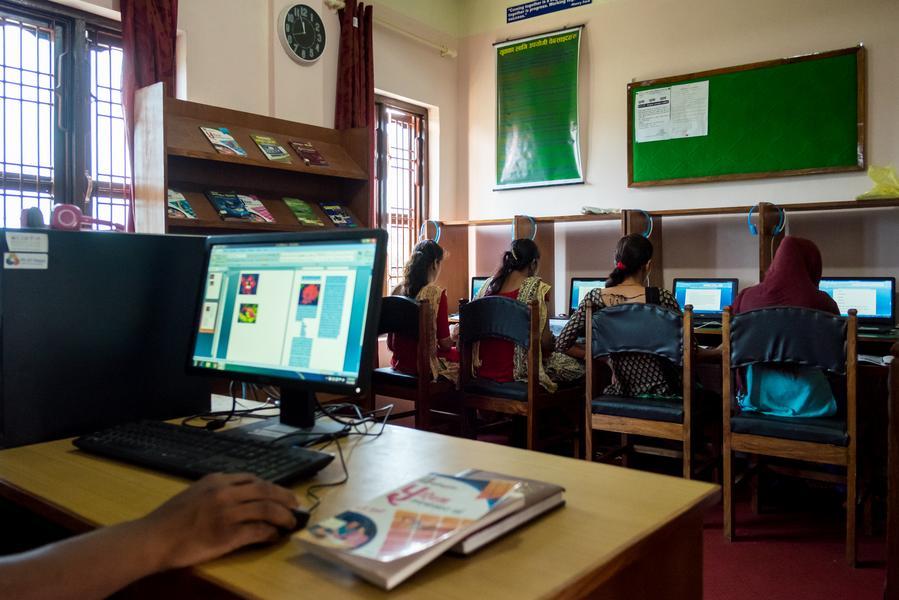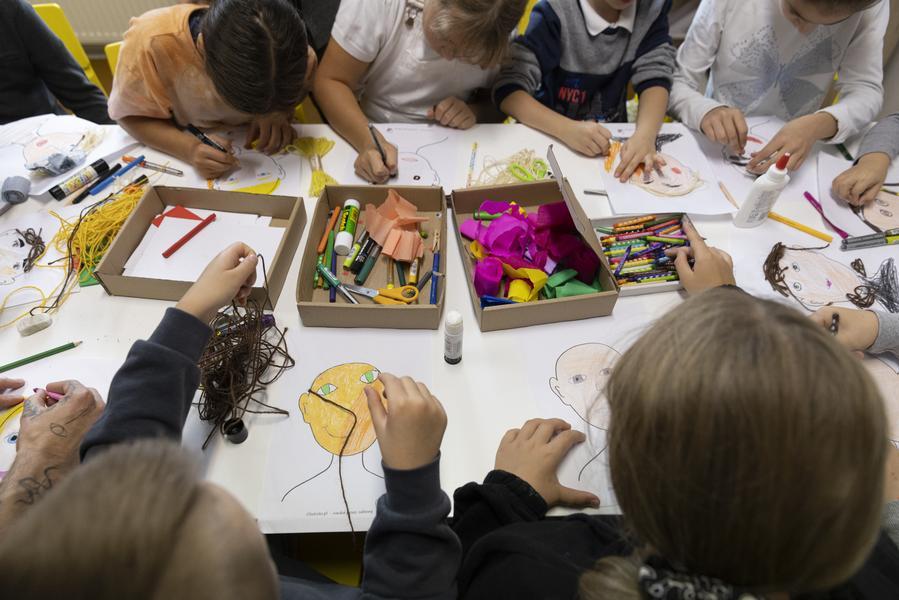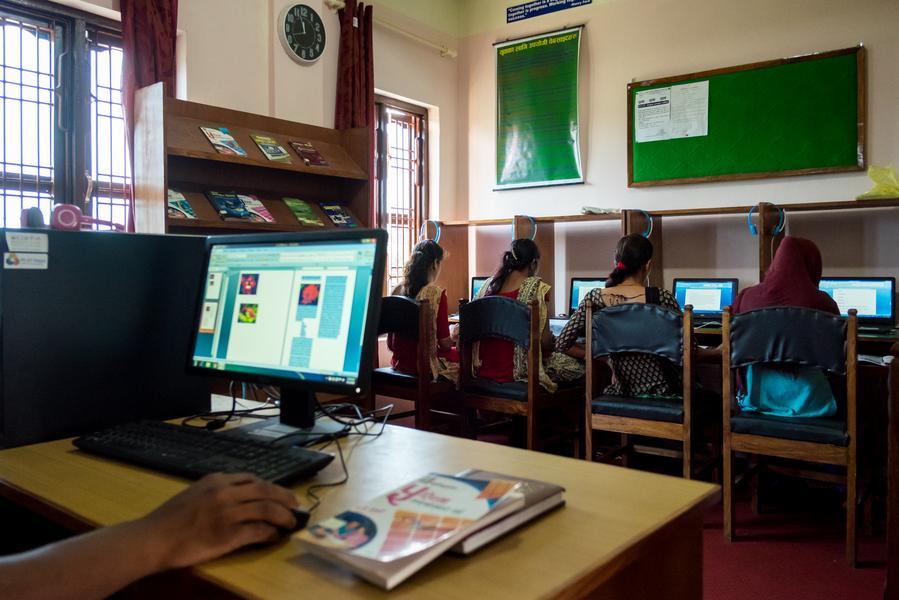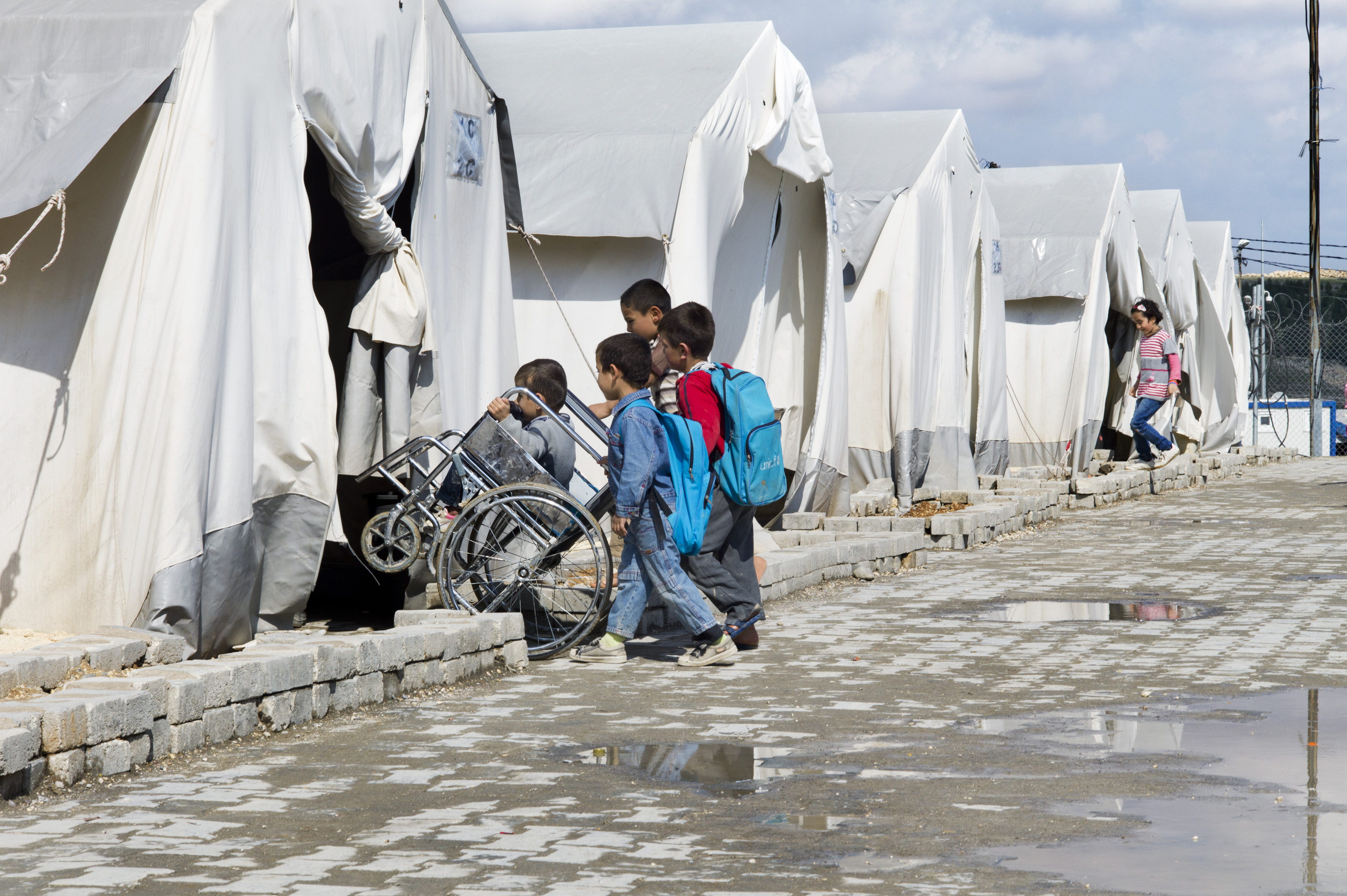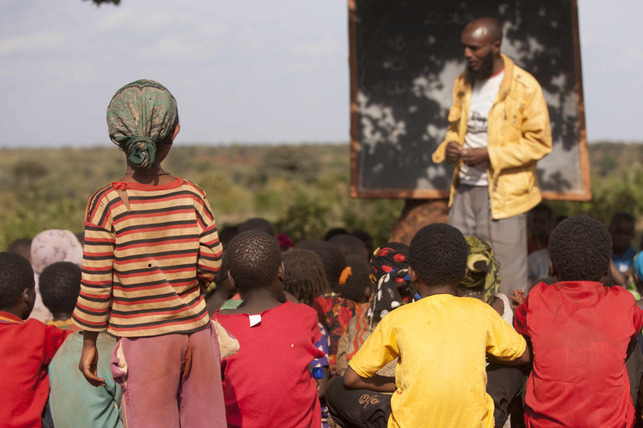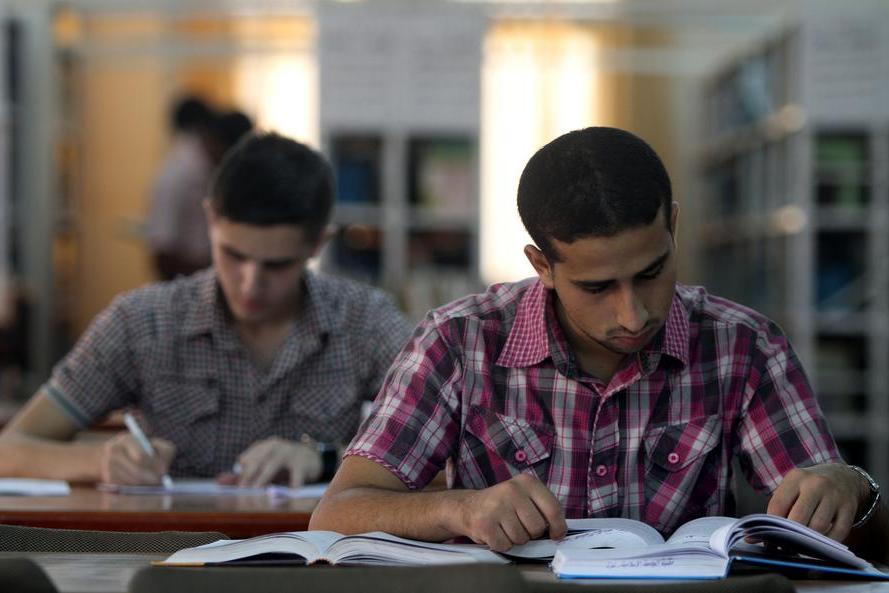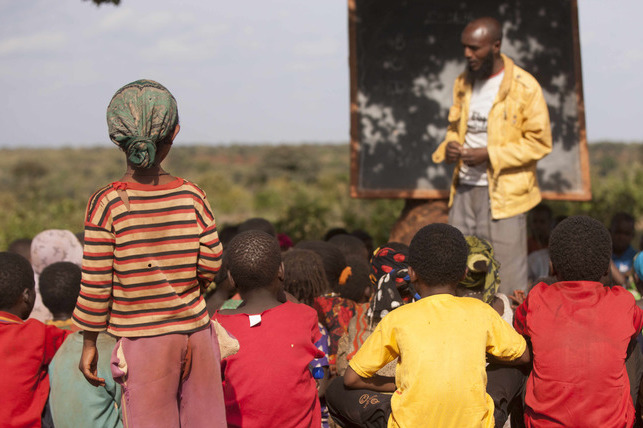Context
As of 2021, Sudan's education sector faced severe challenges, with a Human Capital Index of 0.38 and over three million school-age children out of school, one of the highest rates in Sub-Saharan Africa. Nearly 40% of grade 3 students could not read a single word in their native language. Public education spending was just 1% of GDP, the region's lowest, while families bore a significant share of education costs, including goods and services, capital costs, salaries to volunteer teachers, and food provision to teachers and students. The COVID-19 pandemic disrupted learning for 7.3 million students for nearly a year, compounding losses. Heavy floods in 2020 further damaged school infrastructure, prompting emergency interventions to sustain enrollment.
Solution
The Sudan Basic Education Emergency Support (BEESP) (2020-2021) aimed to sustain enrollment in all public basic schools during Sudan’s transition year by providing one round of school grants and capacity-building support. Grants (approx. US$2 per child, max US$1,000 per school) were distributed to all 16,475 public schools via direct provision of grants to localities or Intermediary Support Providers, depending on financial management capacity. The grants helped schools cover essential costs, reducing reliance on parental contributions and supporting a federal decree banning fee collection in participating institutions. As part of capacity building, the program trained school heads and PTAs in participatory planning and monitoring and locality supervisors in school-based planning and management. Implementation leveraged existing infrastructure by building upon the systems, staff, and knowledge base of a previous project (BERP). Dissemination relied on training, manuals, and local engagement, with targeting based on enrollment data.
Impact
The project demonstrated significant success and impact. The program sustained enrollment in all public basic schools across 18 states of Sudan, reaching 5.58 million students and exceeding its target despite challenging circumstances like the economic crisis, the COVID-19 pandemic, and floods. It provided school grants that funded essential learning materials, furniture, WASH facilities, and dormitory supplies, reducing the financial burden on families and enabling schools to improve learning environments. Beyond sustaining enrollment, BEESP contributed to gender equity by improving learning environments for girls and supporting menstrual hygiene, WASH facilities, and retention-focused outreach.
Over 100% of school-based management committees were trained, enhancing their ability to plan and manage school resources. Institutional capacity was enhanced at local and community levels, with training in planning, grant use, and oversight. Beneficiary surveys reported improved learning quality, higher student retention, and increased parental engagement. The project also contributed to system strengthening and set a precedent for direct school financing. The project demonstrates strong potential to contribute to improved and equitable access to education through increased student enrollments; however, future evaluations will be needed to establish direct attribution to these higher-level outcomes.



